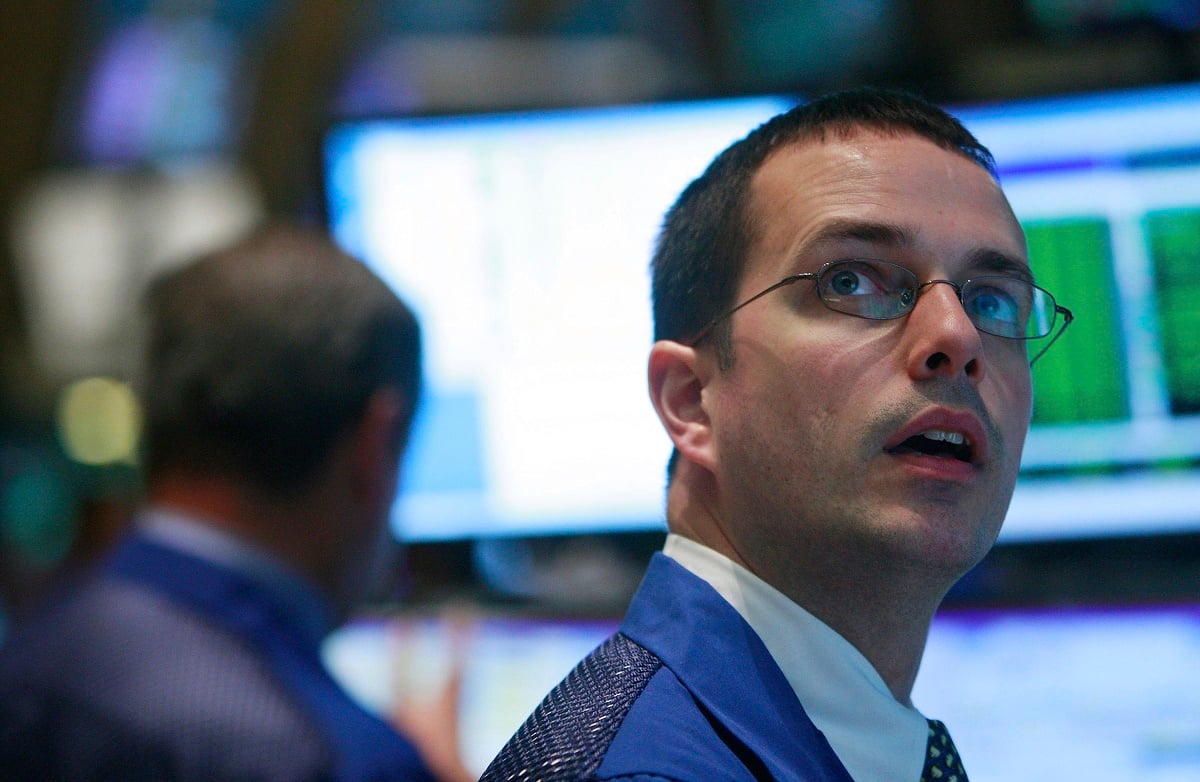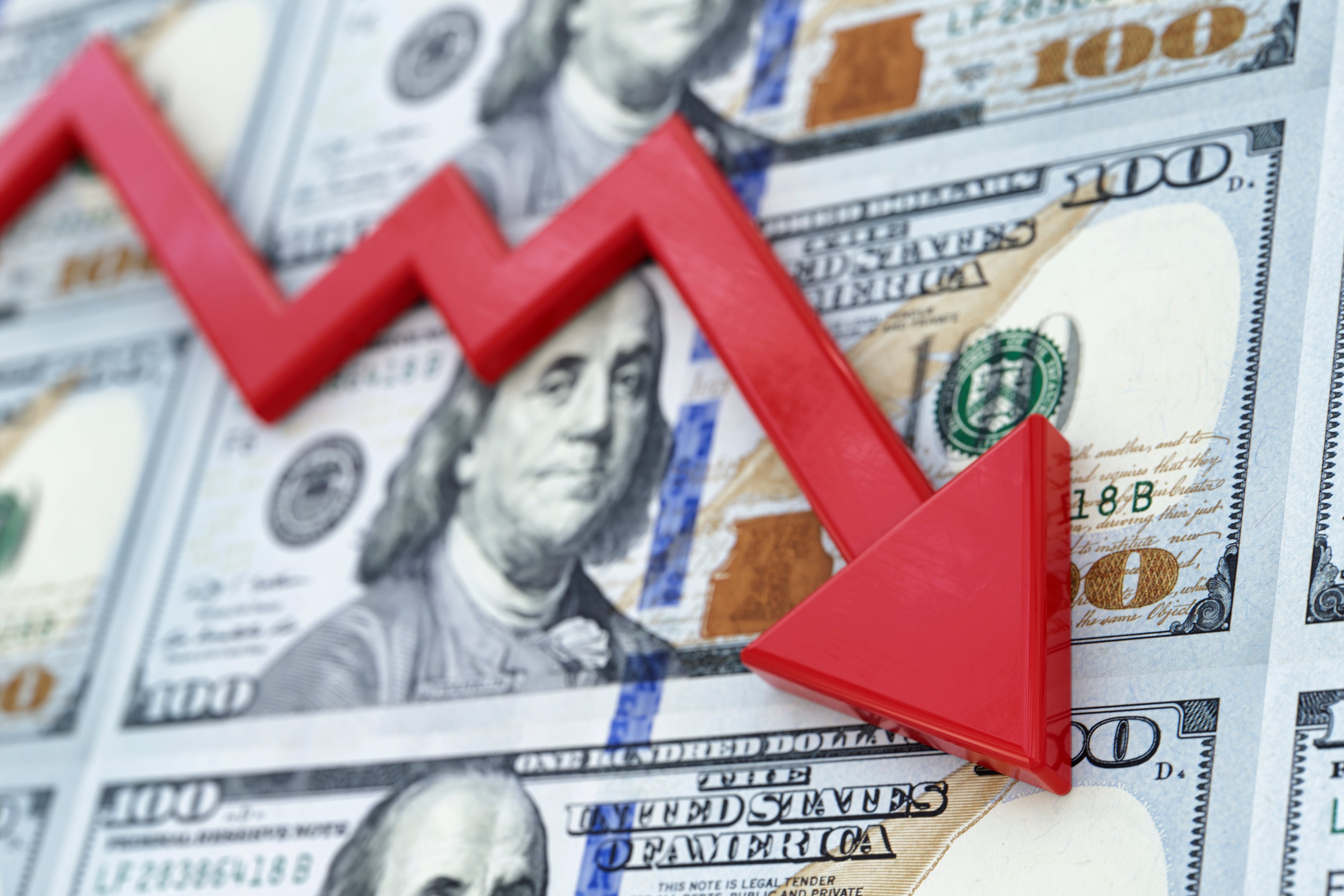The S&P 500 (^GSPC +0.46%) has advanced 16% year to date. The artificial intelligence (AI) revolution, strong earnings, and a surprisingly resilient economy have kept investors bullish despite the severe tariffs imposed by the Trump administration.
However, the S&P 500 just sounded an alarm not seen since the dot-com bubble imploded in early 2000 -- and it portends more difficult days ahead for the stock market. Here's what investors should know.

Image source: Getty Images.
History says the S&P 500 could drop 30% over the next three years
Investors frequently use the cyclically adjusted price-to-earnings (CAPE) ratio to determine whether entire stock market indexes like the S&P 500 are overvalued. The metric is also known as the Shiller P/E ratio because it was created by Nobel-winning economist Robert Shiller.
Whereas traditional P/E multiples are based on trailing-12-month earnings, CAPE multiples are based on the average inflation-adjusted earnings from the past decade. Extending the time period provides a more balanced picture by smoothing ups and downs caused by natural fluctuations in the business cycle.
The S&P 500 recorded a CAPE ratio of 39.5 in October, the highest reading in 25 years. The ratio has achieved such a rich valuation during just one other period in history: It drifted above 39 in early 1999 as the dot-com bubble formed and remained above that level for 22 months until the dot-com bubble burst in late 2000.
Consider this context: The S&P 500 was created in 1957 (which was 826 months ago), and its CAPE ratio has exceeded 39 during just 22 months. That means the stock market has been this expensive less than 3% of the time through history, and past incidents generally preceded severe drawdowns.
Listed are the S&P 500's best, worst, and average returns over different periods after achieving a CAPE ratio above 39.
|
Time Period |
S&P 500 Best Return |
S&P 500 Worst Return |
S&P 500 Average Return |
|---|---|---|---|
|
One year |
16% |
(28%) |
(4%) |
|
Two years |
8% |
(43%) |
(20%) |
|
Three years |
(10%) |
(43%) |
(30%) |
Data source: Robert Shiller. The chart shows the S&P 500's best, worst, and average return over different time periods following incidents when the index recorded a monthly CAPE ratio above 39.
As shown, after recording a monthly CAPE ratio above 39, the S&P 500 has usually declined during the next one and two years, and it has always declined over the next three years. In fact, history says the S&P 500 will plummet 30% by late 2028.
Of course, past performance is never a guarantee of future results, but investors would be foolish to dismiss this information outright. The CAPE ratio is generally a poor predictor of near-term returns, because the market can remain irrational for long periods. But the CAPE ratio has historically been a good indicator of long-term patterns.
Wall Street still sees upside in the stock market
S&P 500 companies reported earnings that were much better than expected in the first and second quarters, and growth is forecast to increase next year. The Wall Street consensus says S&P 500 companies will report 14% earnings growth in 2026, up from 11% in 2025, according to LSEG.
In turn, many analysts have an optimistic outlook for the stock market, at least in the near term. The median bottom-up forecast -- constructed by aggregating the individual target prices on every stock in the index -- says the S&P 500 will climb to 7,560 over the next year, according to FactSet Research. That implies nearly 11% upside from its current level of 6,838.
That leaves investors in a tricky position: History says the stock market currently trades at an unsustainable valuation, yet Wall Street expects the S&P 500 to deliver double-digit returns in the next year. Investors should reconcile those opposing views in whatever way makes them feel most comfortable.
To elaborate, if your time horizon is five-plus years, then drawdowns are less concerning. In that scenario, it makes sense to stay invested in high-conviction stocks, while building a cash position to capitalize on future declines.
Alternatively, if your time horizon is one or two years, a severe drawdown could be catastrophic. In that scenario, it makes to reduce exposure to stocks.






